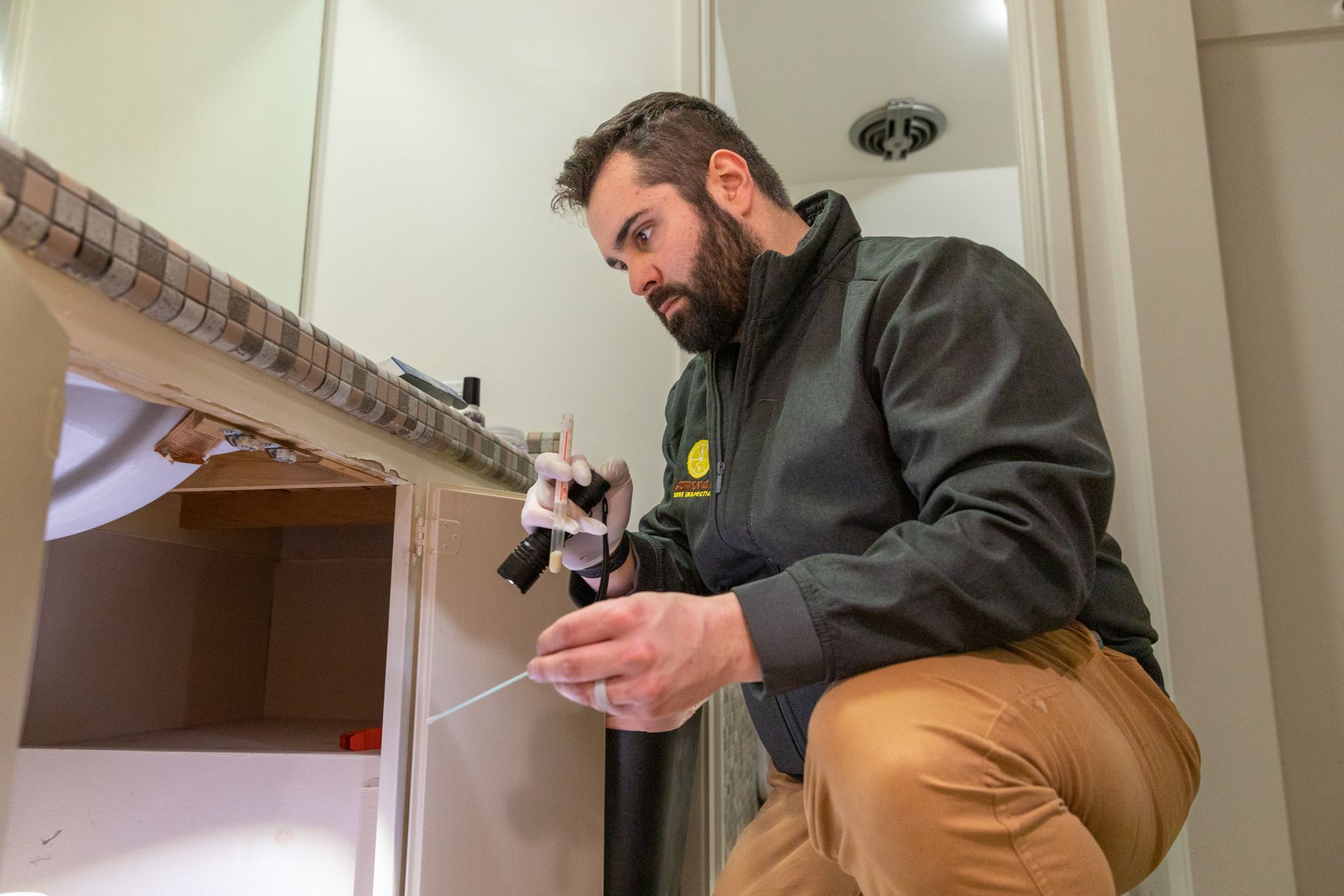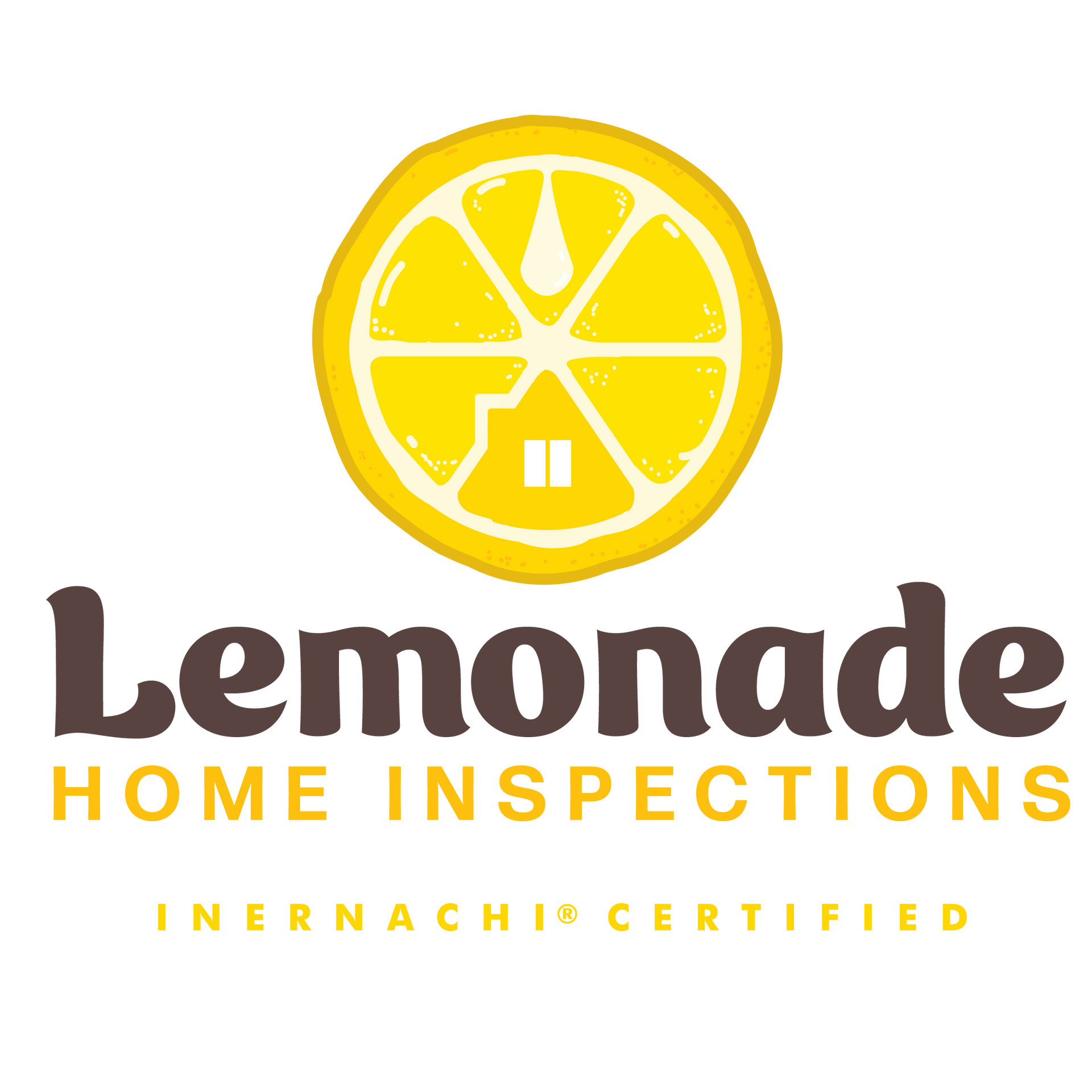Avoid Costly Surprises by Addressing These Commonly Neglected Areas Before Your Home Inspection
Home inspections are a crucial element of the home buying and selling process. While many homeowners focus on visible areas and obvious repairs, some crucial maintenance tasks often go overlooked. These neglected tasks can significantly impact the results of your home inspection, potentially complicating your sale process or reducing your home's value. In this blog post, we'll identify the top 5 most overlooked home maintenance tasks and discuss how they can affect your inspection.
Servicing The HVAC System
Impact on Inspection: A poorly maintained HVAC system can be inefficient and may even pose safety risks. Inspectors will look closely at this system, and any signs of neglect can be a red flag.
How to Address It: Schedule annual maintenance checks for your HVAC system. Regularly replace filters and keep vents clean to ensure the system is running efficiently.
Caulking Windows & Doors
Impact on Inspection: Cracked or missing caulk can lead to water intrusion, resulting in costly damage over time. It can also affect your home's energy efficiency.
How to Address It:
Check the caulking around your windows and doors annually. Replace any cracked or missing caulk and make sure all seals are intact.
Inspecting the Roof and Attic for Leaks or Insulation Issues
Impact on Inspection: Roof leaks or poor insulation can lead to water damage and increased energy costs, two significant issues that will stand out during an inspection.
How to Address It: At least twice a year, inspect your roof for missing or damaged shingles and check your attic for proper insulation and signs of leaks. Make necessary repairs as soon as possible to prevent further damage.
Checking Water Valves and Fixtures for Leaks
Impact on Inspection: Leaking water valves or fixtures can lead to water damage and mold growth, which will definitely raise concerns during a home inspection.
How to Address It:
Regularly check under sinks, around toilets, and near other water fixtures for any signs of leaking. Address any leaks immediately to prevent long-term damage.
Cleaning Gutters & Downspouts
Impact on Inspection: Clogged gutters and downspouts can lead to water damage, including roof leaks and foundation issues.
How to Address It: Regularly clean your gutters and downspouts, especially after the fall season when leaves are likely to clog them. Make sure they are free of debris and are directing water away from the home's foundation.
By paying attention to these commonly overlooked home maintenance tasks, you can go into your home inspection with greater confidence. Addressing these issues beforehand not only improves the chances of a favorable inspection report but also adds value to your property and avoids costly repairs down the line. So before you schedule that all-important home inspection, make sure you've given your home a thorough once-over, focusing especially on these often-neglected areas.




